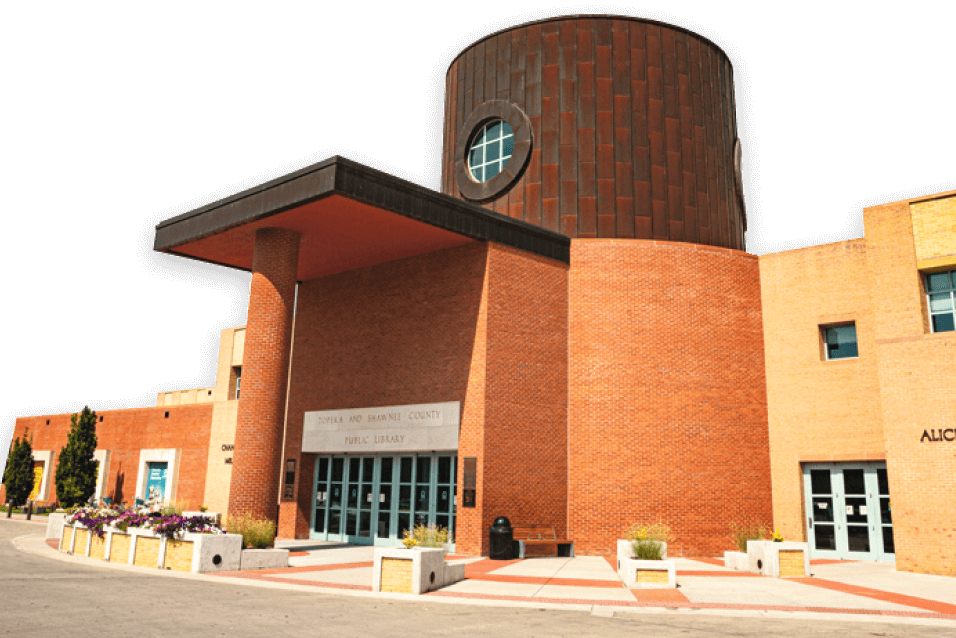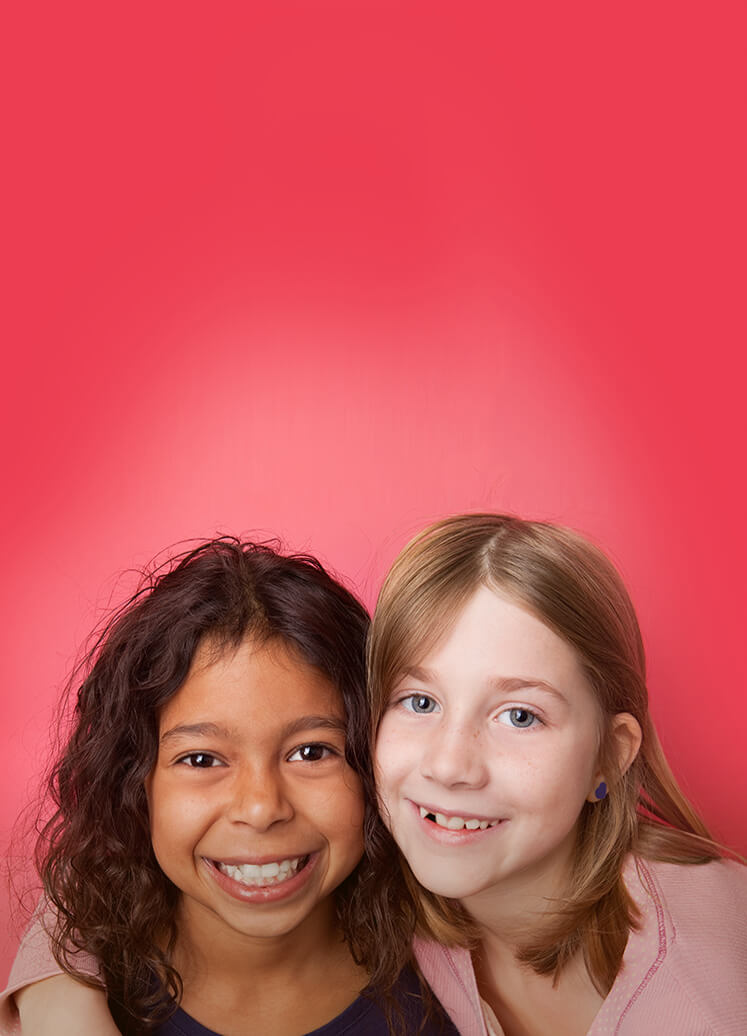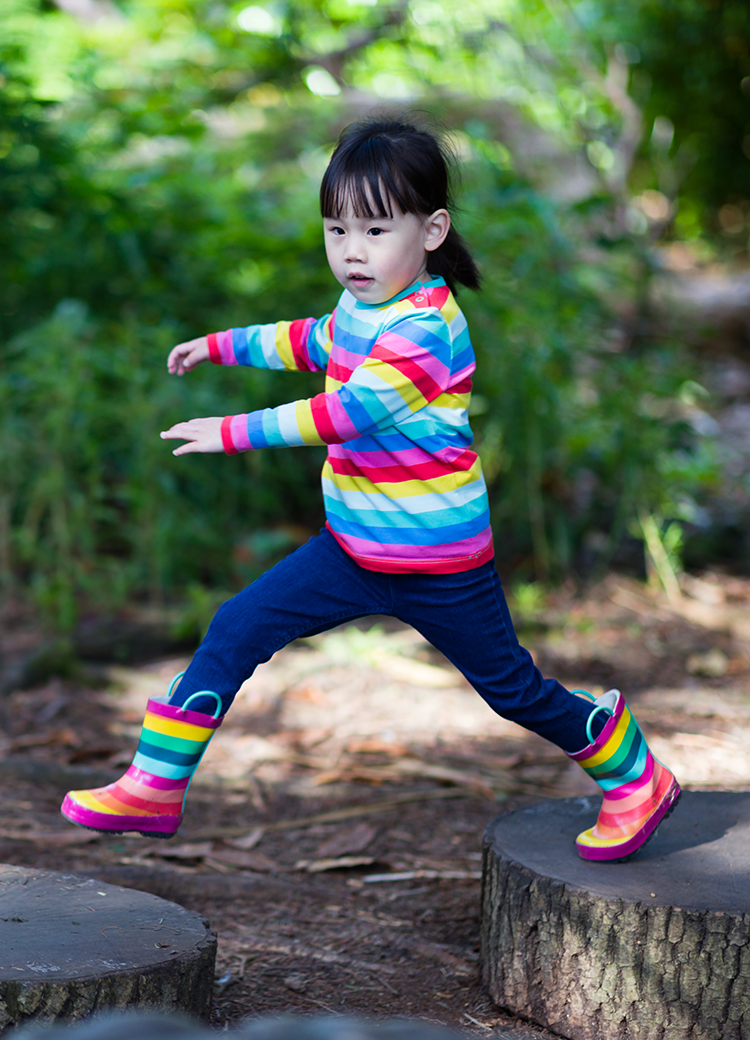Early Childhood Tip: Learning to assess & manage risk
Risky Play
"When the streetlights came on, I knew it was time to go home," said my neighbor when explaining his childhood. As a kid his life was a constant adventure – riding his bike down the biggest hill, running and splashing in the creek, and even building a tree house. I had to wonder about his childhood and I thought about my own childhood and my child’s.
Risky play
Risky play is any play that is thrilling or exciting and involves a degree of risk or a potential for minor injury. Risky play does not mean exposing children to dangerous situations nor to genuine hazards. Rather for a child, risky play involves learning to assess and manage risk. It is distinguished by children testing their limits (can I climb the tree?), exploring boundaries (can I jump to the next rock?), or uncertainty (how fast can I pedal my bike?).
When a child engages in risky play, it’s like their very own real-life science experiment. They learn their own limits and what they’re comfortable with. This builds an awareness that helps reduce the risk of injury and it also builds a child’s sense of when he/she needs to stop and reassess the situation.
As a parent it’s important to provide opportunities for your child to learn and to explore. This includes engaging in risky play. For some parents risky play sounds too risky. Yet children love to play in risky ways. Consider the “15-second rule.” Take 15 seconds to pause as your child is engaged in risky play. Observe how is your child reacting to the situation. Are they comfortable, worried or is it time for you to intervene. Your presence is important as they explore. Additionally, foster your child’s awareness. "Did you notice …?" or "try using …" Build your child’s skills. What’s your plan …?" or "how will you …?"












